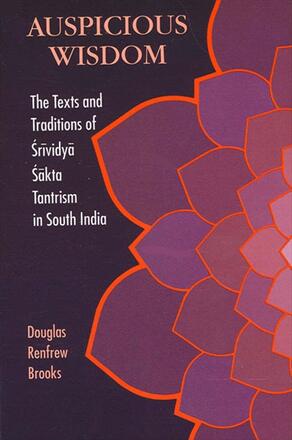
Auspicious Wisdom
The Texts and Traditions of Śrividyā Śākta Tantrism in South India
Alternative formats available from:
Description
Rooting itself in Kashmir Shaivism, Śrividyā became a force in South India no later than the seventh century, and eventually supplanted the Trika as the dominant Tantric tradition in Kashmir. This is the first comprehensive study of the texts and traditions of this influential school of goddess-centered, Śākta, Tantrism. Centering on the goddess's three manifestations—the beneficent deity Lalita Tripurasundari, her mantra, and the visually striking sricakra—Śrividyā creates a systematic esoteric discipline that combines elements of the yogas of knowledge, of devotion, and of ritual. Utilizing canonical works, historical commentaires, and the interpretive insights of living practitioners, this book explores the theological and ritual theories that form the basis for Śrividyā practice and offers new methods for critical and comparative studies of esoteric Hinduism.
Douglas Renfrew Brooks is Assistant Professor of Religion and Director of Asian Studies, University of Rochester. Brook's textual and historical investigations of Sakta tantrism are augmented by extensive field work and experience among contemporary practitioners. He is also the author of The Secret of the Three Cities: An Introduction to Hindu Sakta Tantrism.